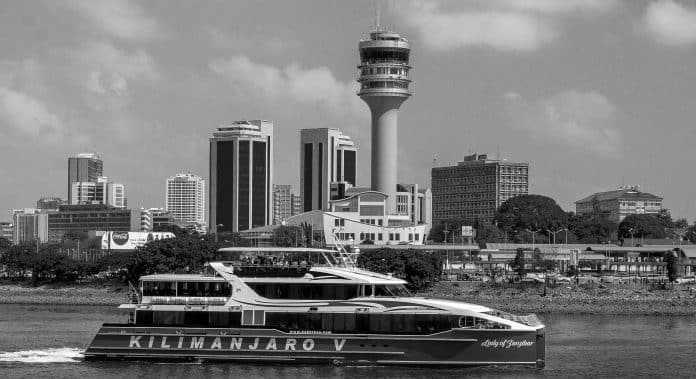City of Dar es Salaam – Everything You Need to Know About the City
Dar es Salaam (/, dɑːr ɛs səˈlɑːm /; from Arabic: دار السلام, written in Roman: Dār as-Salām. Meaning of Dar es Salaam is “Location of Peace” has a population of over 6 million people, ranking it the fifth-largest city in Africa, and the biggest in East Africa. It is the original capital of Tanzania and on the list of the fastest-growing cities worldwide. Located on the Swahili-inhabited coast, this city serves as an important economic center.
Dar es Salaam was founded in 1865 or 1866 by Zanzibar’s first Sultan. It served as a center point for the administrative and commercial affairs in East Africa, Germany, Tanganyika, and Tanzania. In 1974 the decision to relocate the capital to Dodoma was made with completion hereof in 1996.
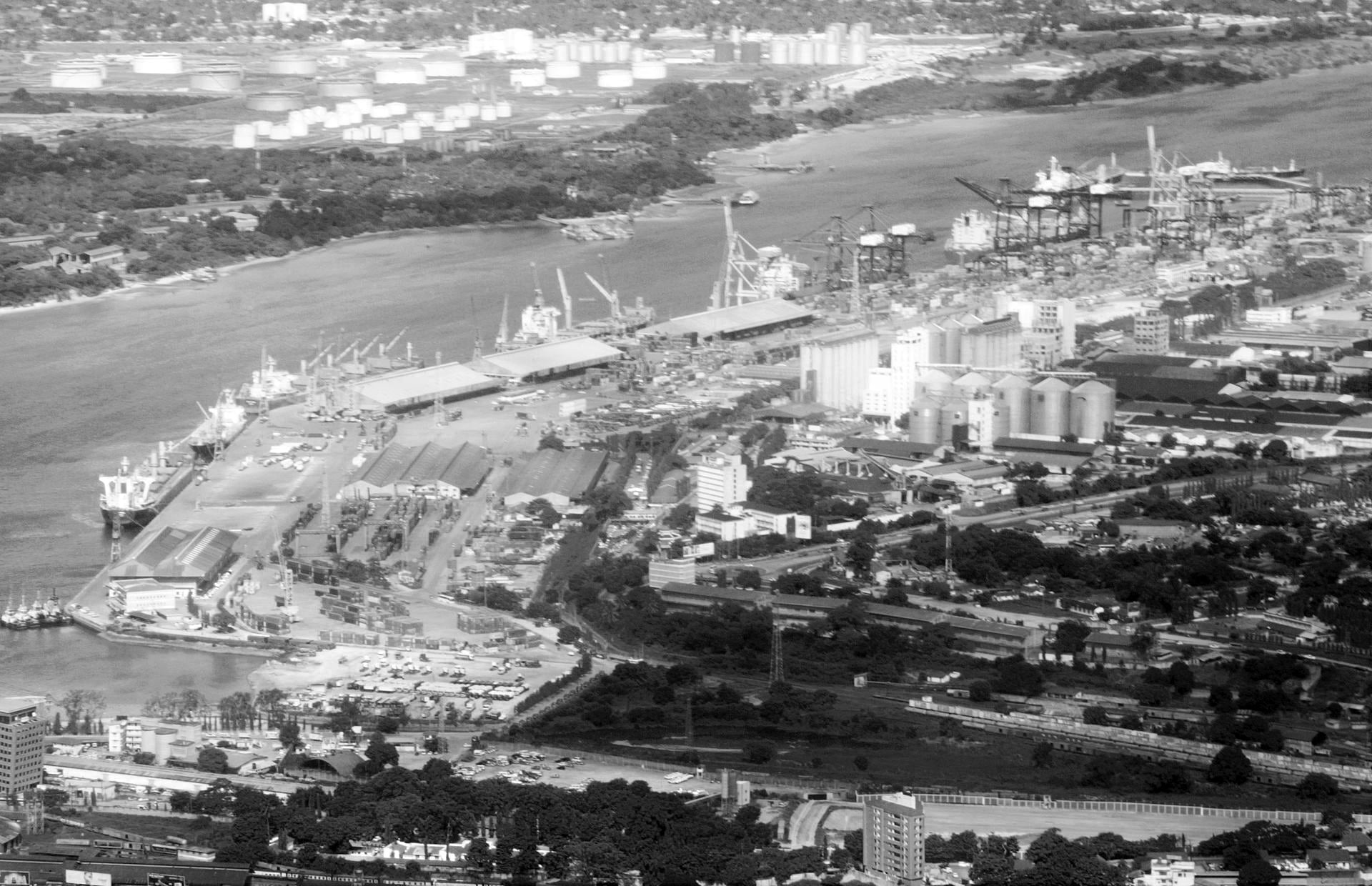
Although it is popular in Tanzania for art, fashion, film, media, music, and television, Dar es Salaam is also a business hub. It is a significant tourist destination and is attracted by national parks and islands of Pemba and Unguja.
Dar es Salaam is the capital of the coinciding Dar es Salaam region. It is one of the countries’ administrative regions of which there are 31. It comprises five regions: Ilala lies in the center, with Kinondoni in the north, Temeke and Ubungo in the south, and Kigamboni in the east.
History of Dar es Salaam Tanzania
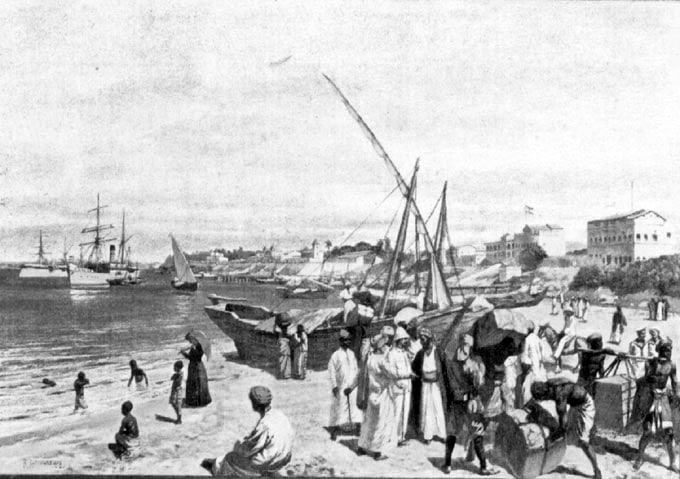
Mzizima, (meaning healthy town in Swahili language) used to be a fisher’s town where most of the fishing in Dar es Salaam on the shores of the Indian Ocean during the 1900s were happening. During these times it was a commercial route. Sultani Majid bin Said of Zanzibar built a brand-new town closely to Mzizima in 1865 or 1866 and called it Dar es Salaam. Translated from Arabic, Dar es Salaam means “house of peace.” In 1870 Dar es Salaam declined it popularity and growth after the death of Majid but was rescued when the German East Africa company set up its base there in 1887. Due to a governmental and economic role for Germany in East Africa, the Dar es Salaam city rapidly grew, and industrial growth followed the Central Railway’s construction during the early 1990s.
Germany East Africa was taken over by the British when the First World War took place and became part of Tanganyika, Dar es Salaam staying a governmental and commercial center. Under British indirect rule, western-style areas like Oyster Bay and African areas (e.g., Kariakoo and Ilala) continued on their own far away from the city. The population included labourers from British India. Many of these workers came to use the opportunity for commercial gain. Dar es Salaam went through a rapid growth when World War II ended.
Political development, including the establishment and growth of TANU, led to Tanganyika gaining its freedom from colonial rule in December 1961. Dar es Salaam continued serving as the capital, even after Tanganyika and the Zanzibar Republic united in 1964 to form Tanzania. Provisions to move the capital to Dodoma were made in 1973. The Dodoma migration process is now complete, with Dar es Salaam remaining the commercial capital of its country.
In 1967, the ujamaa policy was declared by the Tanzanian government. This made the country lean towards socialism. This act hindered the city’s growth because the government persuaded people to not move to the cities but instead stay in the socialist villages. However, in 1980, this policy appeared to have failed to stem the growing poverty and famine experienced by Tanzanians, and significant delays in development occurred. The situation faced led to the introduction of the 1980 free-market policy, which put socialism to and end and silenced its supporters within the Tanzanian government.
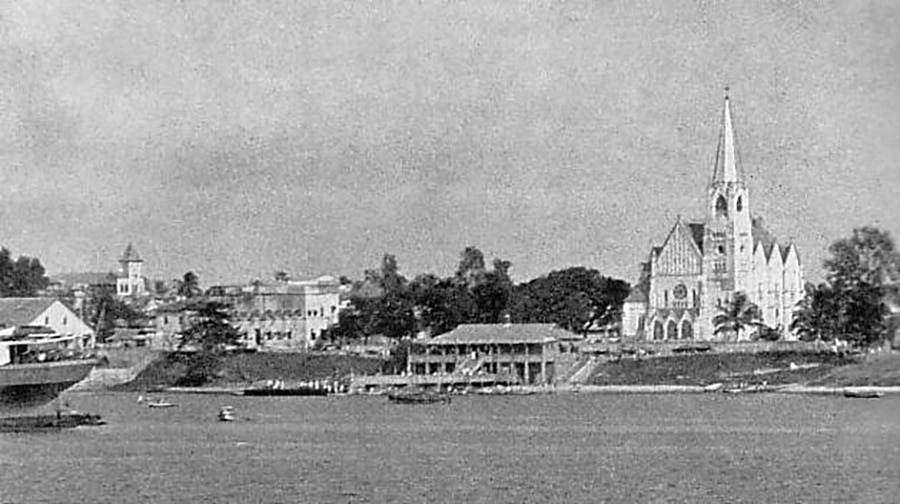
Dar es Salaam was only seen as a city with a similar status to the leading African cities after the late 1990s. These cities included Ababa, Addis, Alexandria, Cairo, Giza, Johannesburg, Lagos, or Nairobi. The 2000s were crucial for the city in its growing status as it was one of the fastest-growing cities in Africa. During this time, new businesses opened, growth increased in the construction industry with bridges, tall buildings, and roads being built, the headquarters of Tanzanian banks in the city began to be professionally led, the Dar es Salaam stock exchange expanded, and the port of Dar es Salaam continued reign in the country.
The port of Dar es salaam is famous for doing business with inland countries such as Burundi, Rwanda, Zambia, and the eastern Democratic Republic of Congo. One of the tallest buildings in the city is the 35-story PSPF building completed in 2016 by the Tanzania Ports Authority (TPA), the tallest in the country, also completed in the same year.
Geography of Dar es Salaam
Where is Dar es Salaam?
Dar es Salaam sits at 6 * 48′ south, 39 * 17′ east in a port on the coast of East Africa (Refer to Dar es Salaam map below). Some areas have sandy beaches.
What Time is It in Dar es Salaam?
The official zone in terms of local time in Dar es Salaam, the city is using GMT + 3 time (For example, Dar es Salaam time is 7 hours ahead of New York)
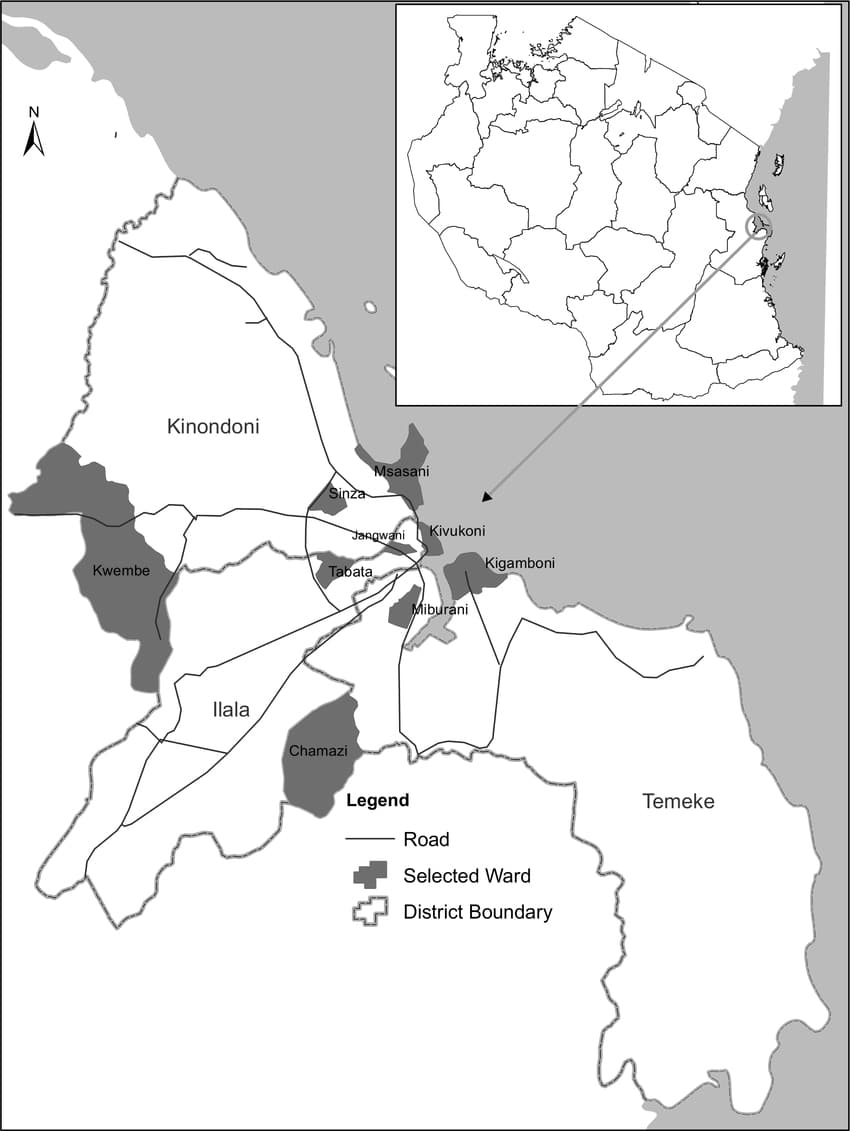
Dar es Salaam Regional Districts
The Tanzania Dar es Salaam Region is split into five districts, of which municipalities manage four. These regions are associated with suburbs and wards in the city. Each district is unique and makes up the total of things to do in Dar es Salaam very high in numbers and variety.
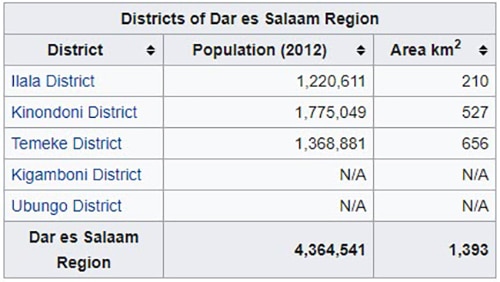
The regional commissioner is Aboubakar Kunenge.
Ilala
Almost all government offices, ministries, and the CBD (called by the local Post Office) are located in the Ilala district. It is a transport hub in the city because the Central Railway Station, Julius Nyerere International Airport, and Tazara Railway Station are all within the district boundary. Settlements mainly have middle-income and high-income residents. Among them are:
- Upanga and Kisutu, with the biggest population of Asians within Dar es Salaam, with residents of Arab and Indian descent. Houses in these areas contain colonial, Arabic, European, and Indian architecture in Upanga East and Upanga West.
- Kariakoo is the main supply point of consumables to Dar es Salaam residents through the Kariakoo Market. This district also contains general shops, bazaars, and vendors selling different products.
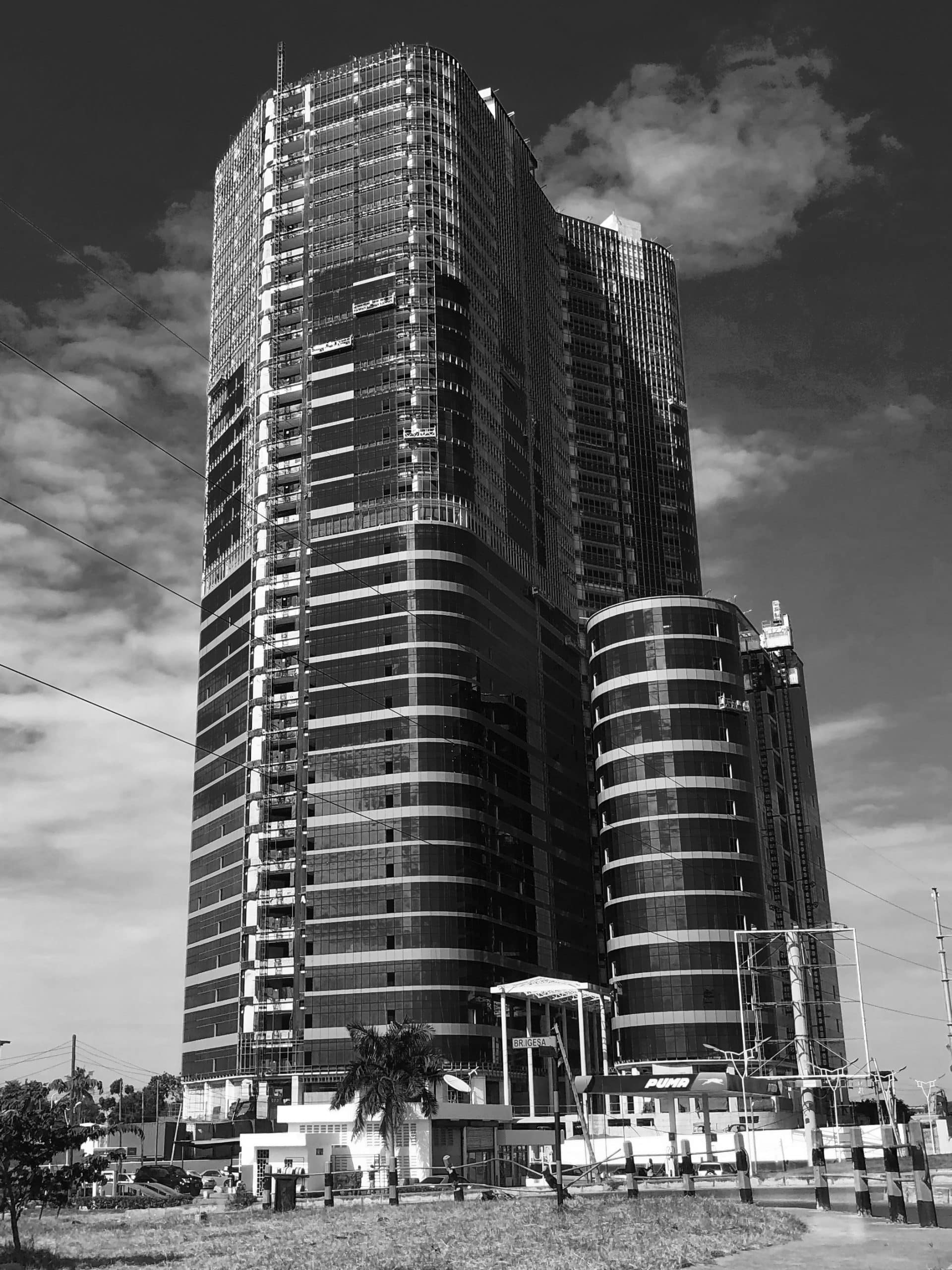
The PPF Tower - Ilala is a middle-income suburb near the city center and overruled. It is also home to the Askari Monument located on Samora Street.
Kinondoni
Kinondoni houses half of Dar es Salaam’s population in several high-income suburbs, making it the most populated district.
The high-income suburbs of Kinondoni include Ada Estate, Masaki, and Oyster Bay, all located along the beach. During colonial times, Europeans predominately inhabited these suburbs, though diplomats and expatriates currently reside there. Oyster Bay is also known as Coco Beach and is the only white sandy Dar es Salaam beach located in the east of Kinondoni.
- Mikocheni and Regent Estate also host high-income residents. A 2012 census recorded a population of 32 947 in the Mikocheni ward.
- Northeast of the city is Msasani – home to expatriates from many western countries, including the United Kingdom. It boasts high-end western-oriented stores and resorts as well as traditional shops.
- Home to tourist hotels in Dar es Salaam, a kite-surfing area, and high-income residences, Mbezi beach is located north of Dar es Salaam.
- Located west of Dar Es Salaam, Kijitonyama, Magomeni, and Sinza are more ethnically mixed than the areas mentioned above.
- Low-income neighborhoods include Kigogo, Tandale, Mwananyamala-Kisiwani, and Manzese which actually include the famous slum called “Uwanja wa Fisi“.
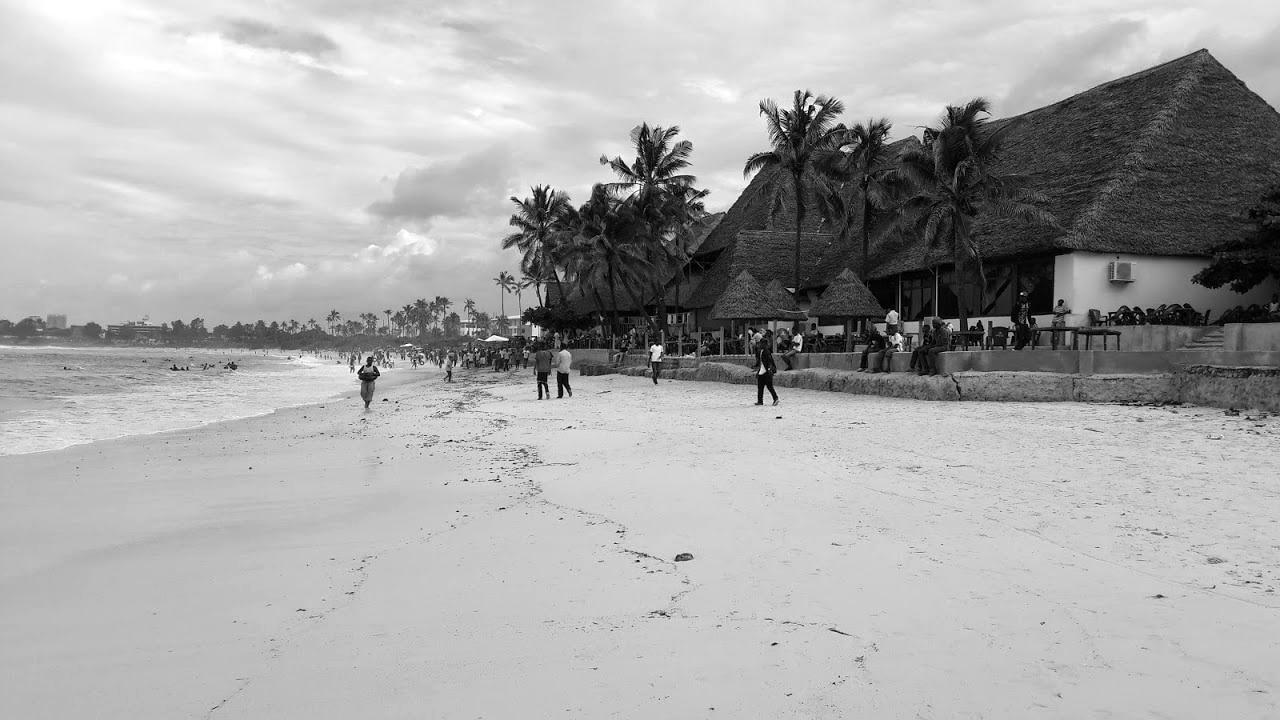
Temeke
Temeke is an industrial hub in the city, where production (for large and small industries) occurs. The port of Dar es Salaam is located to the east. Despite this port being the most substantial in the country, Temeke is believed to have the most low-income residents. It is the home of soldiers and police officers as well as port officials.
- Kurasini, located in a part of the port, has the Port of Dar es Salaam, the Police Academy, the Mgulani Army Camp, and trade show grounds.
- Chang’ombe houses the University College of Education, the Benjamin Mkapa National Stadium, and the Uhuru Stadium, making it one of the few high-income areas in Temeke. The African high colonial officers and some colonial-era industry owners also have contributed to this current status.
- Kijichi, Mbagala, Mtoni, Tandika, and Temeke are all middle- and low-income areas. Mbagala is the greatest of all.
Ubungo
The primary bus station in Ubungo is used as a transport hub for various major areas of Dar es Salaam. A narrow passenger train route runs from there to the city center, with a level crossing from the main railway line.
Kigamboni
Kigamboni is a southern beachfront area with a diverse population in terms of economic status. Access to the suburb is limited by means of a ferry and the Kigamboni Bridge.
Climate of Dar es Salaam
Due to its proximity to the equator, Dar es Salaam weather is a combination of hot and humid weather throughout or most of the year. These tropical conditions award it an estimated 1 100mm annual rainfall, with the longest raining periods during April and May. Shorter Dar es Salaam rainy season occur in November and December.
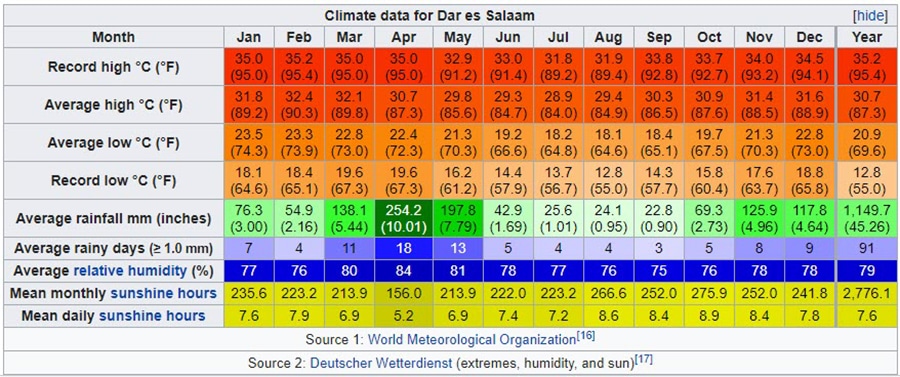
Government
John Lliffe wrote the following in his 1979 journal titled A Modern History of Tangayika:
“In 1949 the town become a municipality…[with] four honorable nominated Town Councilors who elected a Mayor.”
Published in 2001, the Associational Life in Africa Cities: Popular Responses to the Urban Crisis made the following commentary: “Until June 1996, Dar es Salaam was managed by the Dar es Salaam City Council…the highest policy-making body in the city.”
From 2017 – 2020, Paul Makonda served as the commissioner of Dar es Salaam.
Globalization
Dar es Salaam is a large city in Tanzania attracting people from outlying areas to it in the hopes of better opportunities.
In addition, the influx of immigrants from the west, Asia, and various countries into the region has encouraged the government to develop more inclusive policies attempting to accommodate the diverse growing population.
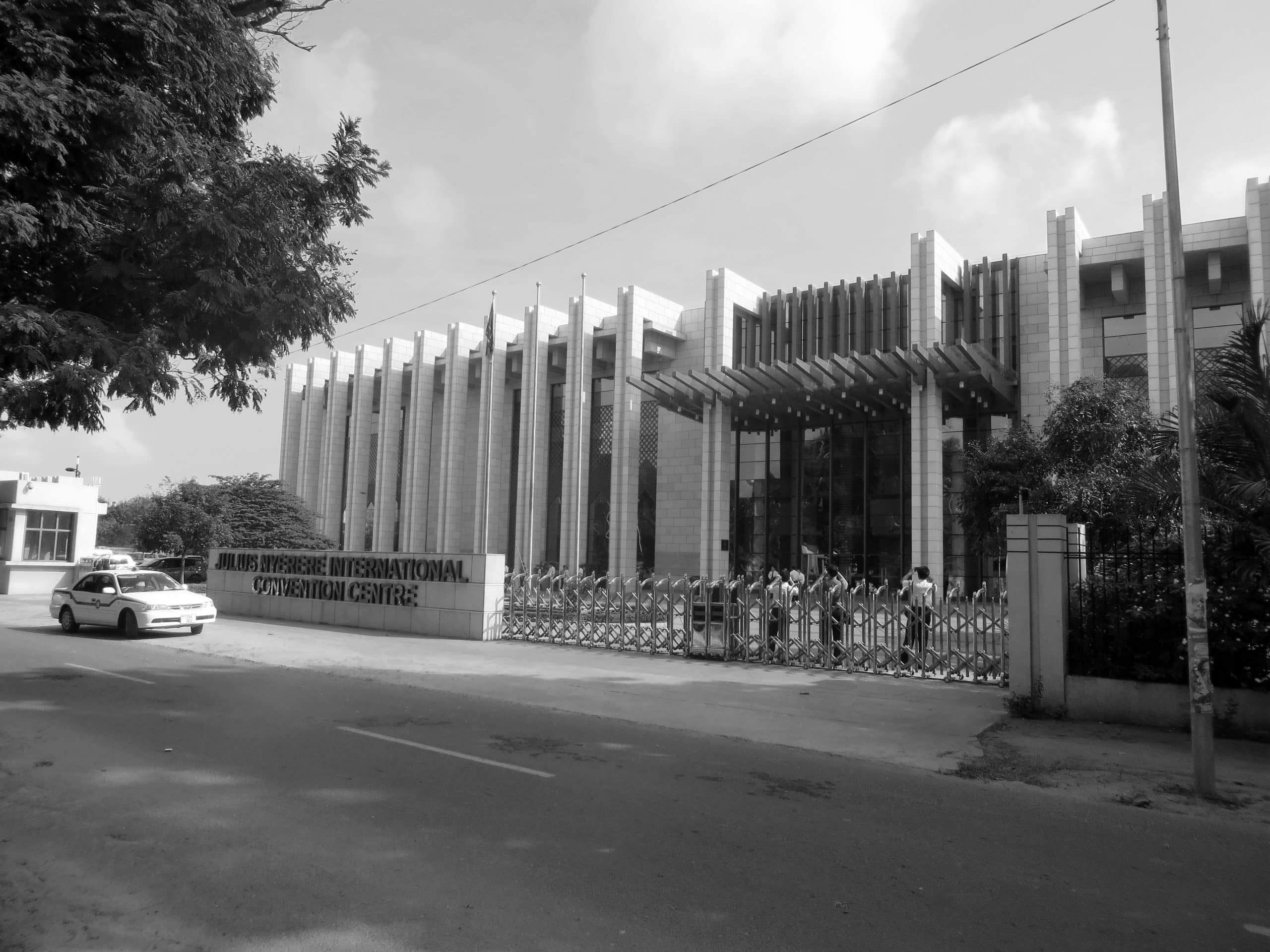
Dar es Salaam Population
As the most populous city in Tanzania, Dar es Salaam estimated a population of 6.4 million in 2020.
During the 2012 national census, 4,364,541 people lived in Dar es Salaam, accounting for 10% of Tanzania’s total population. On average, households had 3.9 people compared to the 4.7 national average. Less than half of Dar es Salaam’s residents were married, with a rate lower than any other region. Beating the 78% national literacy average, Dar es Salaam’s was 96%. The city had a 5.6% average annual growth between the 2002 and 2012 censuses, which was the highest in Tanzania.
Da es Salaam scored 0.631 on the Human Development Index, with more than three-quarters of its population living in informal settlements. Dar es Salaam’s HDI has increased every year since 1992, making it rank second highest in the country.
Economy and Infrastructure in Dar es Salaam
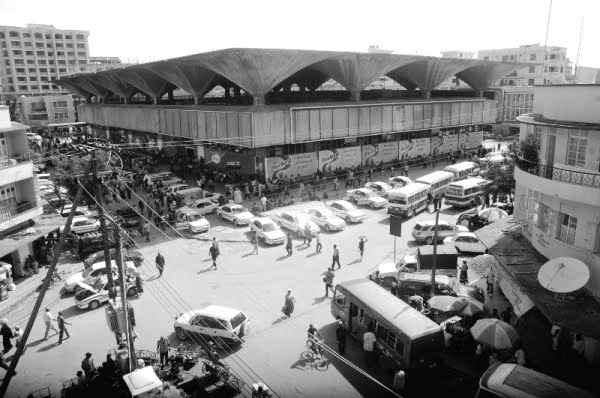
Dar es Salaam has high trade concentrations and is considered the key city for business and government in Tanzania. Other parts of the country have about 80% of their population in rural areas. Downtown of Dar es Salaam includes businesses run by traders and proprietors originating from the Middle East and India.
Comprising of Kariakoo, Kisutu, Kivukoni, and Upanga, the Dar es Salaam CBD is the vastest in Tanzania. The downtown area is in the Ilala district, and Kivukoni is host to the Tanzania Central Bank. The Bank of Tanzania, Dar es Salaam Stock exchange, and the Magogoni Fishers Market are located here. In Kisutu, there are various businesses and offices, the Dar es Salaam intermedial railway station, the PSPF Twin Towers, and the TPA Tower.
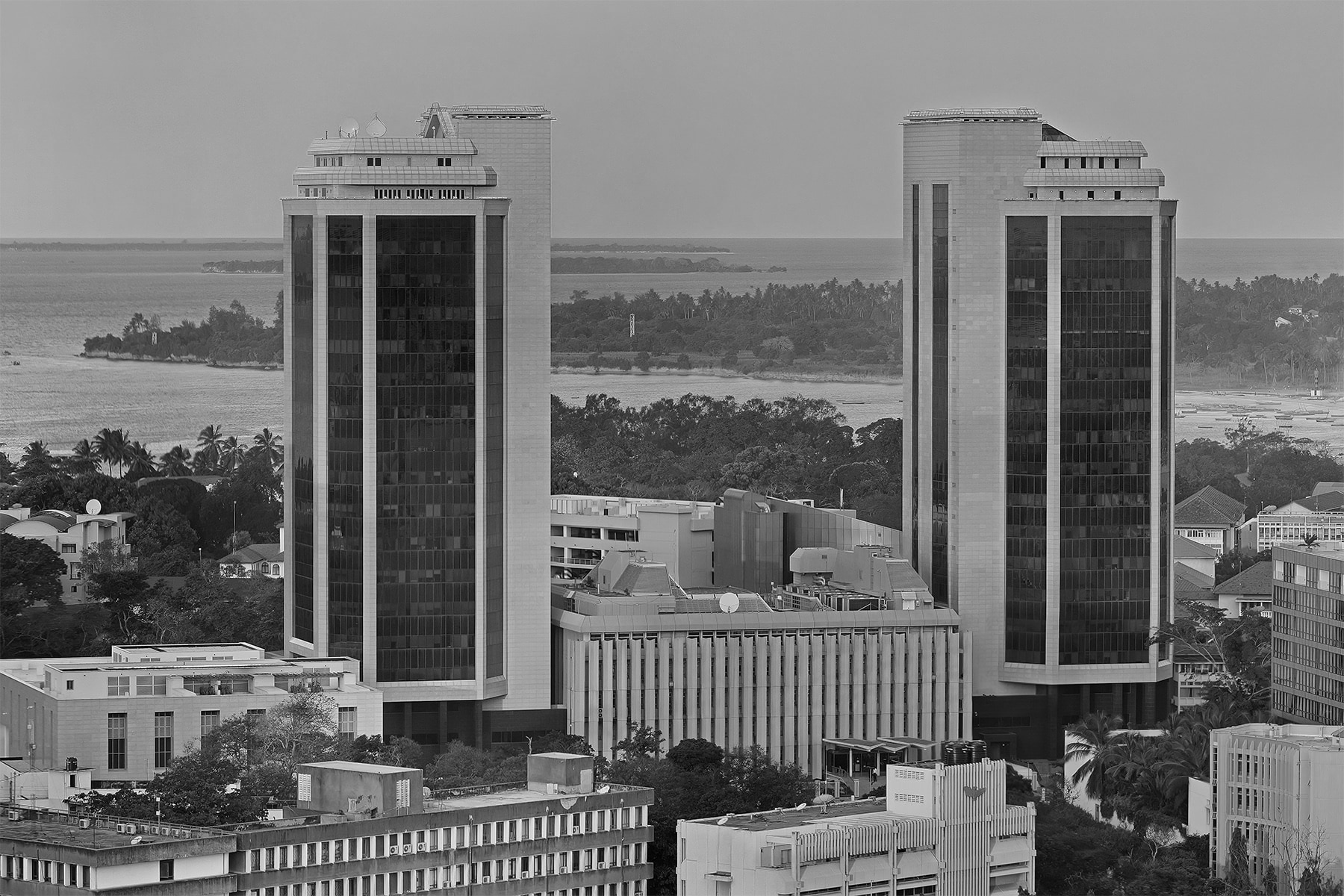
Dar es Salaam is undergoing infrastructural challenges, which include outdated transport systems and power rationings.
Financial Services in Dar es Salaam
Dar es Salaam’s stock market is supreme in Tanzania.
Retail Markets
The City Mall in Kisutu, Dar Free Market Mall, GSM Msasani Mall, GSM Pugu Shopping Mall, Mlimani City Supermarket, and the Quality Center Mall are all located in Dar es Salaam.
Transportation in Dar es Salaam
Dar es Salaam is a hub of the Tanzanian conveyance system, located on a natural Indian Ocean harbor. Many highways and the main railways originate in or near the city and provide convenient transportation to all commuters.
Public Transport in Dar es Salaam
Dala Dala (minibus share taxis) are most commonly used as transport in Dar es Salaam. They are often found at the main bus terminals in Makumbusho, Ubungo, and other city areas. A motorcycle transit business known as “Boda boda” is another popular transportation choice, and most commuters prefer it. Bodabodas allow commuters to enter cities faster, while Dala Dala’s often encounter heavy traffic. Other transportation choices include motorcycles and auto rickshaws locally referred to as “bajai.”
Passenger Buses
A metropolitan bus system was introduced by the government to provide commuters with a quick bus ride from suburbs into Dar es Salaam. These buses are managed by UDA-RT, which is a partnership between Dar es Salaam Transport (UDA) and the government.
After completing phase 1 of the rapid-transit bus system by UDA-RT, it began operating on 10 May 2016. This section runs between Kimara in the northwest to Kivukoni in the northern headland of the harbour. It was funded by the Tanzanian government as well as the world – and African Development Bank.
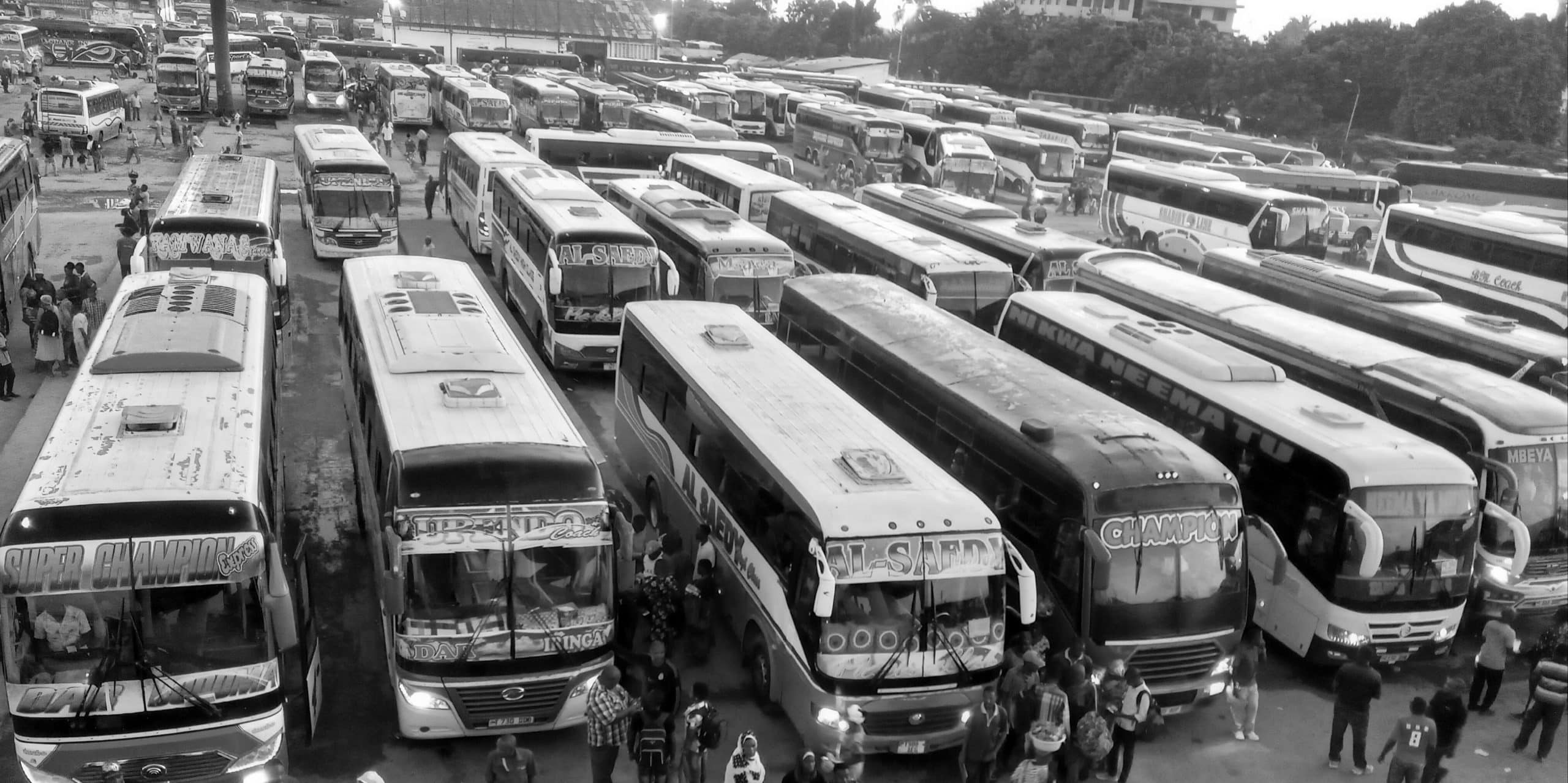
Metro
Dar es Salaam is going to run a system of metro, and at the moment a study of feasibility is being done with the support of Mota-Engil and Dar es Salaam Rapid Transit Agency.
Maritime Transport
Dar es Salaam Port
The Port of Dar es Salaam handles 90% of the country’s cargo, making it Tanzania’s busiest port. It is located in Kurasini, which is the administrative ward of the Temeke District southeast of Dar es Salaam’s CBD. A massive influx of cargo paired with a slow expansion pace encouraged the proposal of a new cargo port northwest of the city at Bagamoyo.
Ferry
The MV Kigamboni ferries transport commuters between the southeast of Kivukoni and the northwest of Kigamboni. Another popular option is the Dar es Salaam to Zanzibar ferry, which is run by multiple companies such as the Azam Marine.
Railway
Dar es Salaam Commuter Rail
Dar es Salaam travel from its urban and suburban parts, commuters use the Dar es Salaam commuter rail.
Intra-City Railway
Tanzania Railways operate the central line from Dar es Salaam to the west of Kigoma.
International Railway
Dar es Salaam also hosts the head office of TAZARA (Tanzania-Zambia Railways Authority), which was built in the late 1960s to the early 1970s. Its main terminal is located west of the CBD north of Yombo Vituka, along the Nelson Mandela Road. This railway forms a connection between Dar es Salaam and Zambia.
SGR
The Tanzania Standard Gauge Railway is newly built and currently under construction. It will link Tanzania to Burundi, the Congo, Rwanda, and Uganda.
Dar es Salaam Airport
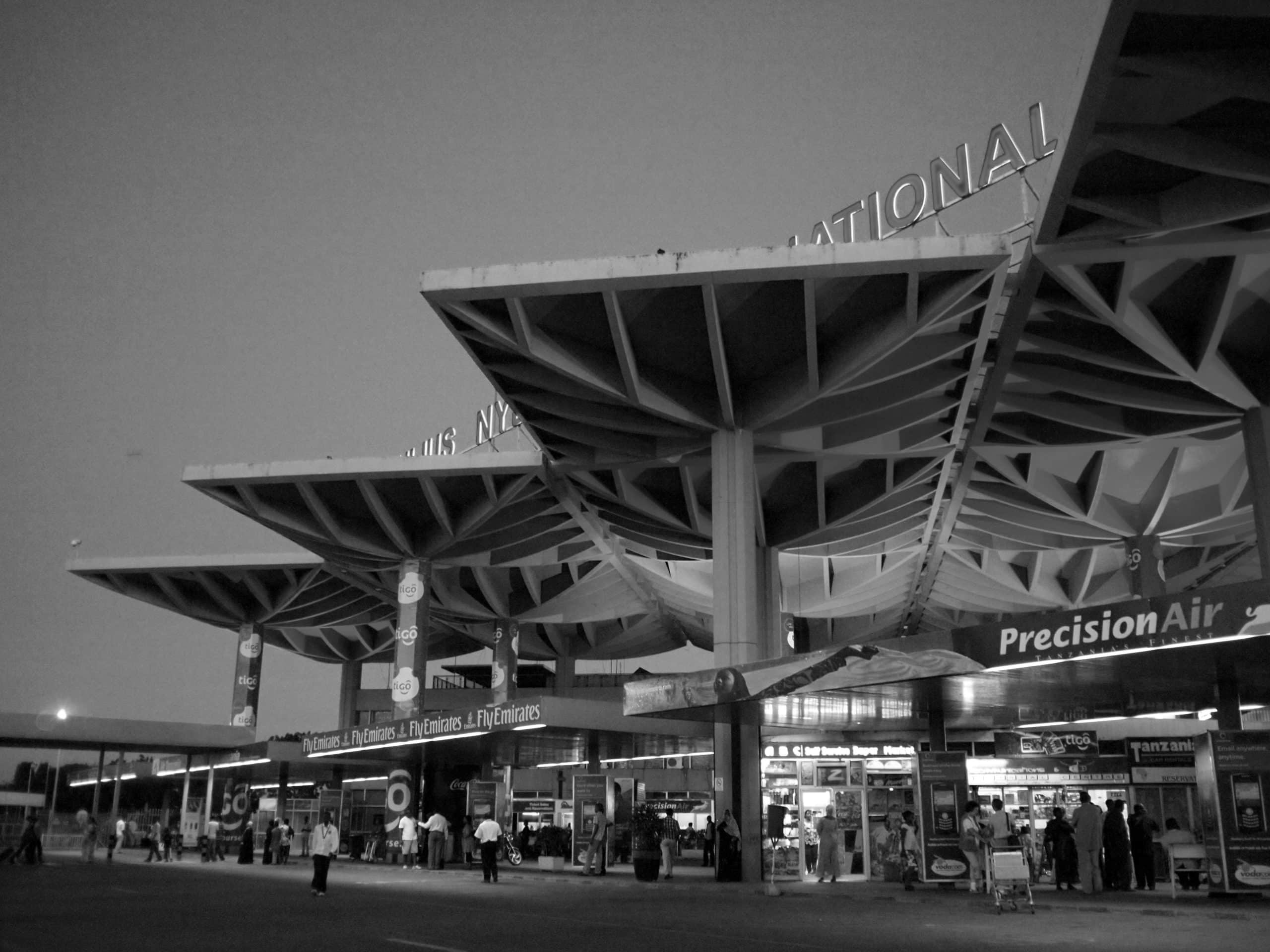
The principal airport serving the country is the Julius Nyerere International Airport. It has three operating terminals, of which terminal three is located at Kipawa in the Ilala Municipality district. This location is west of Dar es Salaam’s CBD.
The airport runs a lot of options in terms of flights to Dar es salaam internationally and locally (example is flight from Zanzibar to Dar es Salaam).
Culture
Art
The Nyumba Ya Sanaa (House of Art) is a cultural center, workshop, and retail outlet showcasing local art and prompting craftmanship. George Lilanga, a prominent Tanzanian sculptor, donated some of his work as well as decorations to the center. The Tinga Tinga art painting style also originates from Dar es Salam.
Music
Dar es Salaam is host to several music styles. Bands such as DDC Mlimani Park Orchestra and the Malaika Musical Band play muziki wa dansi (live dance music), which is the longest standing style. Traditionally a popular style in Zanzibar, Taraab has also found a niche, although it remains small compared to dance music and Bongo Flava, which is a broad representation of the Tanzanian take on blues, hip-hop, and rhythm. Rap is also widely present, while traditional music (also referred to as tribal music) is mainly reserved for family-oriented occasions like weddings. The Ministry of National Youth Culture aimed to promote the importance of music in the 1970s. Dar es Salaam became Tanzania’s music hub, with local radio stations broadcasting new bands. They quickly started dominating the music and cultural scene. This ujamaa (family) mentality that governed the musical and cultural scenes unified people and led to the rise of hip-hop culture. The radio in Dar es Salaam has played an enormous role in disseminating music for years since many people do not have access to televisions, and cassettes are more common than CDs.
All these developments in music has contribute in making the Dar es Salaam more vibrant year by year.
Tourism in Dar es Salaam
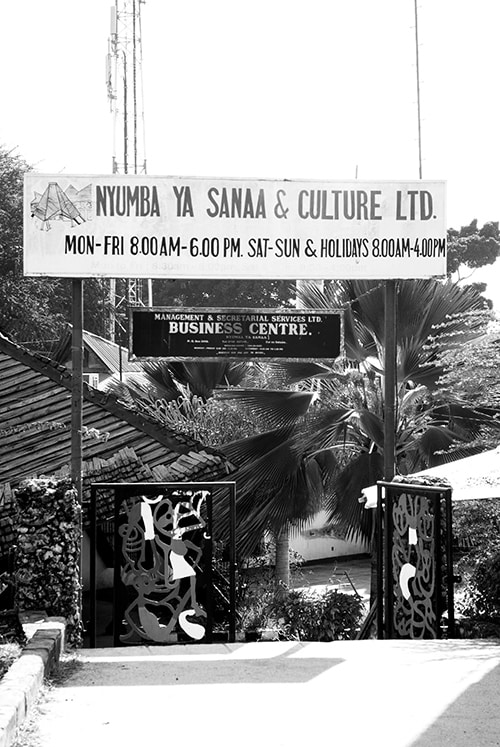
Two of the five museums that form part of the National Museum of Tanzania consortium are located in Dar es Salaam. These museums are the National Museum dedicated to the history of Tanzania and the Makumbusho Cultural Centre and Museum, which display traditional life examples of Tanzanian ethnic groups. The National Museum is host to some of the bones of Paranthropus Bosei found among other findings of Louis Leakey at Olduvai. There are also footprints thought to belong to a hominid predating Homo Sapiens, discovered by a scientist in Northern Tanzania. Traditional huts belonging to 16 Tanzanian ethnic groups can be seen at the Makumbusho Cultural Centre and Village Museum alongside examples of traditional cultivations, dance, and music. The botanical gardens, which host tropical plants and trees, are also near the National Museum. Beaches can be accessed north of Dar es Salaam, and the Bongoyo Island can also be reached by boat.
Places of Worship
Dar es Salam churches predominantly are Christian churches and temples, although Muslim mosques can also be found. Some Christian places of worship include the Tanzania Anglican Church, the Assemblies of God, the Baptist Convention of Tanzania, the Evangelical Lutheran Church in Tanzania, and the Roman Catholic Archdiocese of Dar es Salaam.
Sport
Stadium
Dar es Salaam is Tanzania’s sports center. It is home to the National Stadium also known as the Benjamin Mkapa National Stadium, which is the second-largest stadium in East and Central Africa and can accommodate a maximum of 60,000 people.
Association of Football
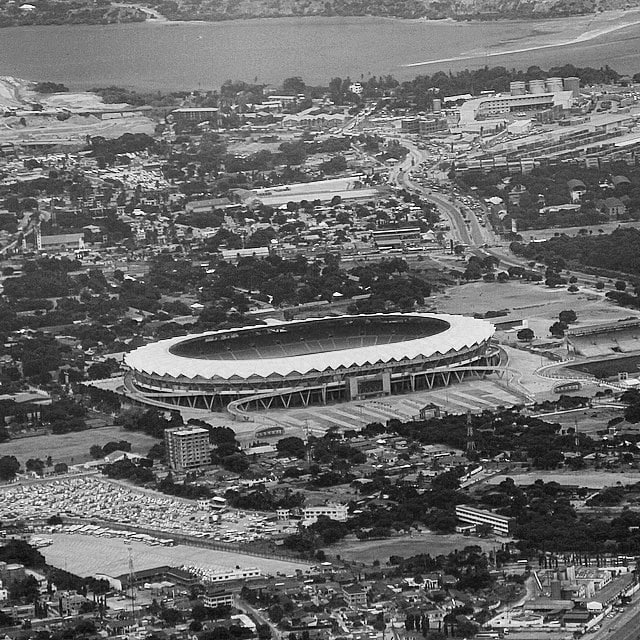
Besides the National Stadium, Dar es Salaam has the Uhuru – and Karume Memorial Stadiums. While the Uhuru Stadium is mainly used for local tournaments and political gatherings, the Karume Memorial Stadium and the National Stadium hosts football clubs. The Karume Memorial Stadium is home to the Tanzanian Football Federation, and the National Stadium welcomes youth football clubs like Azam, Simba, and Young Africans. International matches are also on the list.
Golf
Northwest of the Kivukoni area, the Gymkhana Golf Courses are found. There is also a fitness club, tennis courts, and squash courts. Another golf course, the Lugalo Military Golf Course, is located outside the metropolitan districts in the Lugalo Military Barracks.
Acrobatics
The Mama Africa school, founded in 2003, has trained some of Africa’s most popular professional acrobats.
Boxing
Dar es Salaam is the annual host of numerous boxing galas. The Tanzanian boxer Francis Checka currently holds the Super Middleweight Champion title of the World Boxing Federation.
Media
Newspapers
In Dar es Salaam, newspapers are often sold by vendors who weave through still-standing traffic at road intersections. Swahili newspapers include the Tanzanian Daima and the Mwananchi. English newspapers circulating are The Citizen and The Guardian. The only financial and economic newspaper available in Dar es Salaam is the Business Times, which was established in 1988 and owns another Swahili newspaper known as Majira. The Business Times was the first private newspaper in Tanzania.
Television
Television stations in Dar es Salaam include Ayo TV, Azam TV, Channel Ten Television Station, ITV, Sibuka, and the Tanzanian Broadcasting Corporation. Ayo Tv and the Tanzanian Broadcasting Corporation are located in Ubungo, Dar es Salaam. Azam TV is a subscription-based station from the Azam company group.
Internet Access
After the SEACOM (trans-Indian Ocean backbone cable) installation in 2009, internet access in Dar es Salaam and the east of Africa in general improved significantly. However, roll-out to end-users is still slow, telephone-line coverage is limited, prices are high, and even when purchasing bandwidth for small Internet service, long contracts are required. It has been expressed that the main aim of SEACOM is to enable economic development in East Africa through online trading. Around the city center, internet cafés can be found and, in many institutions, and on public transport, there are wi-fi hotspots. Mobile access to the Internet via 3G and 3.75G is expensive, while 4G has been making its mark in major cities and towns since 2015. Plans to expand nationwide are in discussion.
Radio
In the early 1950s, the first radio station in Dar es Salaam began operating with limited equipment. Edward Twinning supervised this project.
Education in Dar es Salaam
Dar es Salaam has many educational institutions and is considered the educational capital of the country.
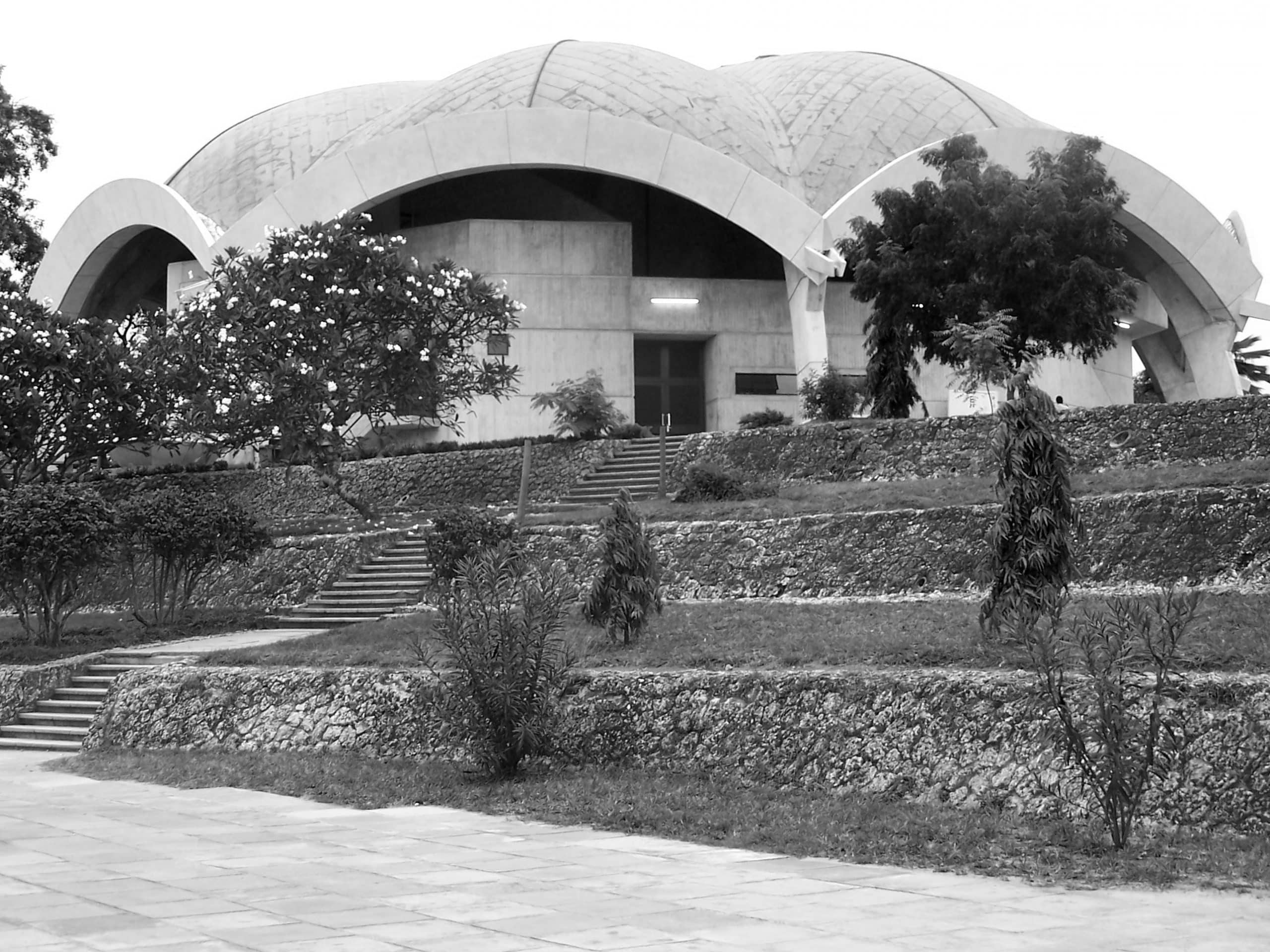
Universities in Dar es Salaam
- The oldest and second-largest public university in Tanzania is the University of Dar es Salaam. It hosts 16,400 undergraduate students and 2,700 postgraduate students. The university of Dar es Salaam is located in the northeast of Ubungo in the western part of the city and occupies 1,625 acres of Observation Hill.
- On 1 July 1996, ARU (Ardhi University) was established. While it dates back to 1956, it only started as a Surveying Training School at the Mgulani Salvation Army Camp in Dar es Salaam. The school was moved to its current location on Observation Hill in 1958. Today, there are over 80 Ph.D. graduates from 25 international universities. ARU compromises one institute, four schools, and many centers. It offers undergraduate, postgraduate, bachelor’s, master’s, and Ph.D. degrees.
- The Muhimbili University of Health and Allies Sciences has two campuses. These are the Mlonganzila- and the Muhimbili Campus. The Mlonganzila Campus is located 25 km from Dar es Salaam and occupies 3,800 acres. The Muhimbili Campus is located along the United Nations Road, in the Upanga district.
- Since 2008, the Open University of Tanzania enrolled 44,099 students. The majority of these students are Tanzanians, while students from Botswana, Burundi, Hungary, Ethiopia, Kenya, Lesotho, Libya, Namibia, Rwanda, Saudi Arabia, and Uganda also complete the list. The University offers certificate programs, diplomas, undergraduate and postgraduate qualifications.
- Located about 7 km from Dar es Salaam is the Hubert Kairuki Memorial University. This private institution is on plot No. 322 Regent Estate.
- The International Medical and Technological University is another private higher-education institution.
- In 2009, the Kampala International University began operating on a 60 acres piece of land. It is located in the Gongo la Mboto area, approximately 7 km from the Mwalimu Julius Nyerere International Airport.
Notable People
- Ally Sykes – A leading figure in the independence movement of Tanzania and a politician.
- Bibi Titi Mohammed – A politician and chair of the women‘s branch of TANU.
- C.A ‘Peters” Bransgrove – A Dar es Salaam architect from 1947 – 1966.
- David Adiave – A London-based architect who was born in Dar es Salaam in 1966.
- Godfrey Mwakikagile – An Africanist scholar and journalist, as well as a famous Tanzanian author.
- Hasheem Thabeet – A member of the Oklahoma City Thunder basketball center.
- Hereith Paul – A fashion model.
- Issa G. Shivji – One of Africa’s constitutional law and developmental issue experts. Also a Tanzanian author, educator, and scholar.
- Jane Goodal – A primatologist and scientist.
- Joaquim Chissano – The Head of the FRELIMO headquarters located in Dar es Salaam and former president of Mozambique.
- Juma Museveni – The former secretary-general of the EAC and a Tanzanian author, diplomat, and lawyer.
- Justinian Rweyemamu – An economic advisor to Julius Nyerere, Tanzania’s first president. Also, a former employee at the United Nations. A Tanzanian author, economist, and professor.
- Kanyama Chiume – A leader in the Malawi independence struggle serving as the minister of education and then of foreign affairs. Also, a journalist.
- Martin Hinkle – An actress.
- Mbwana Samatta – The 2015 CAF African Football Player of the Year.
- Nairn McEwan – Born in Dar es Salaam, a second national rugby coach, and Scotland Rugby Union player.
- Paul von Lettow-Vorbeck – A commander of the German East Africa Army.
- Rachel Luttrell – An actress born in Dar es Salaam in 1971.
- Rayah Kitule – An author and magazine editor.
- Roald Dahl – A Dar es Salaam resident from 1934 – 1939 who is a famous writer.
- Walter Rodney – An author, educator, Guyanese historian, political activist, and scholar.
- Yoweri Museveni – The President of Uganda.
International Relations
Sister cities of Dar es Salaam include Changzhou, Jiangsu, China; Hamburg, Germany; Samsun, Turkey and Sari, Iran.
For more articles related to regions of Tanzania click here!
























